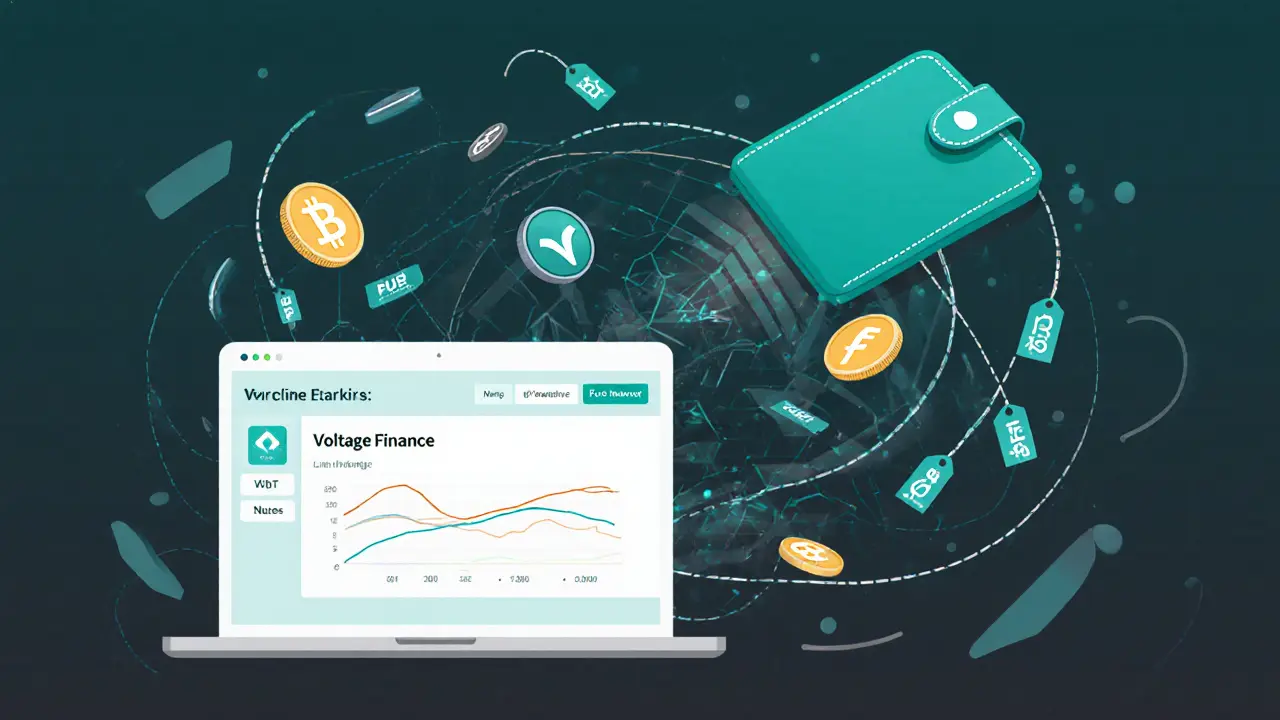Fuse Network: What It Is, How It Works, and Why It Matters in Crypto
When you think of blockchain, you might picture Bitcoin mining or Ethereum smart contracts. But Fuse Network, a blockchain designed specifically for mobile payments and everyday crypto use. Also known as Fuse, it’s not just another Layer 1—it’s a practical tool built to bring crypto into real-life spending, not just speculation. Unlike networks that focus on high-value DeFi trades or NFT art, Fuse was created for people who want to pay for coffee, split a bill, or send money to a friend without waiting minutes or paying $10 in fees.
Fuse Network runs on a proof-of-stake system that’s fast and cheap, making it ideal for small, frequent transactions. It supports wallets, payment gateways, and apps that let users spend crypto like cash. Developers use it to build apps for local vendors, gig workers, and even school cafeterias that accept crypto. That’s why you’ll find posts here about DeFi, a system of open financial tools built on blockchain on Fuse—like lending, staking, and yield pools—that work for everyday users, not just crypto whales. It also connects to blockchain payments, the use of digital ledgers to settle transactions without banks, giving small businesses in emerging markets a way to accept payments without relying on traditional banking systems.
What makes Fuse stand out is its focus on usability. It doesn’t ask you to understand private keys or gas fees. Instead, it lets you log in with your phone number or social account. That’s why it’s used in projects that target unbanked populations, ride-share drivers in Latin America, or street vendors in Southeast Asia. The network’s low cost and speed make it a favorite for apps that need real-time settlement—something you’ll see reflected in the posts below, where people explore how Fuse powers everything from tipping creators to buying digital goods.
Below, you’ll find real-world breakdowns of how Fuse is being used—some successful, some failed. You’ll see how it compares to other payment blockchains, what apps are actually live on it, and where scams are pretending to be part of the ecosystem. Whether you’re a developer looking to build on it or just someone who wants to spend crypto without the hassle, this collection gives you the facts—not the hype.
